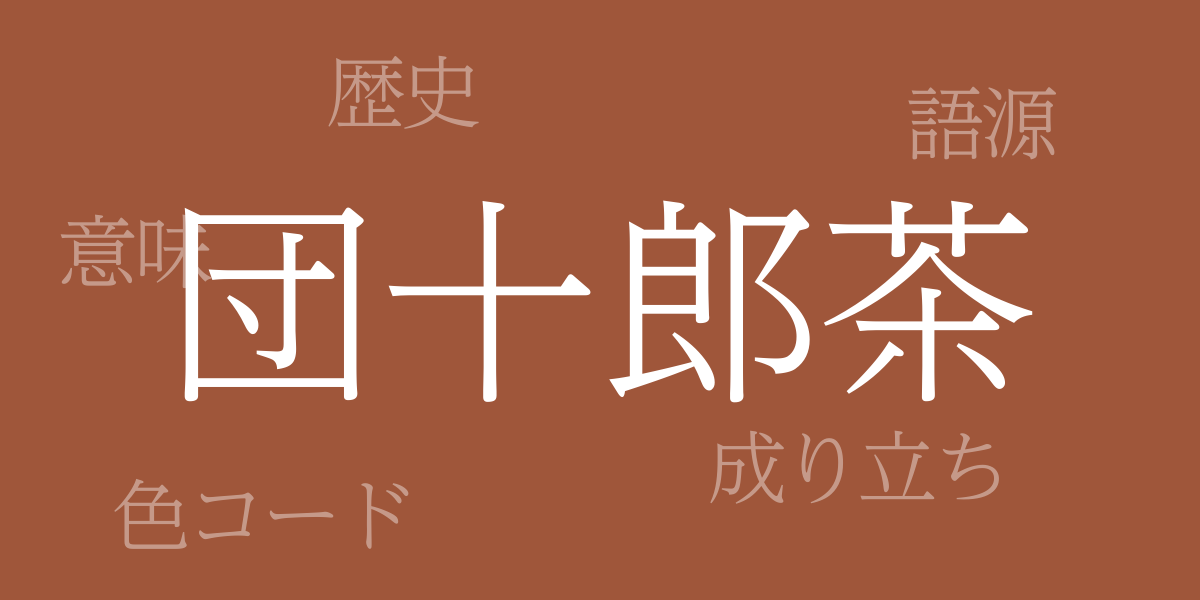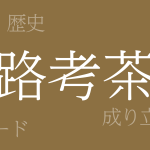Japanese traditional colors, deeply reflecting the nation’s nature and history, captivate people worldwide. Among them, “Danjuro-cha” (団十郎茶 – だんじゅうろうちゃ) stands out with its unique presence. This deep, reddish-brown hue has fascinated many through the ages. In this article, we explore the allure of Danjuro-cha, delving into its history, significance, and modern applications.
About Danjuro-cha (団十郎茶 – だんじゅうろうちゃ)
Danjuro-cha (団十郎茶 – だんじゅうろうちゃ) is a traditional Japanese color with a deep reddish-brown tone. Inspired by the earthy tones found in nature, it evokes a sense of calm and warmth. Commonly used in traditional Japanese garments and crafts, Danjuro-cha is perfect for adding a touch of Japanese elegance.
The History of Danjuro-cha
The name Danjuro-cha derives from Edo period’s celebrated actor, Ichikawa Danjuro, who favored this color in his costumes. Ichikawa Danjuro’s influence extended to the realm of color, where his preference elevated Danjuro-cha, enhancing its stature and recognition within Japanese color culture.
Danjuro-cha Color Codes
Accurate color codes are essential for reproducing Danjuro-cha in digital designs and prints. Here are the specific codes:
- HEX: #9F563A
- RGB: R:159 G:86 B:58
- CMYK: C:44 M:75 Y:84 K:6
Western Name for Danjuro-cha
The Western names for Danjuro-cha are “Danjuro Brown” or “Kabuki Brown,” named after the famed kabuki actor and the theatrical form he dominated. These names are used internationally to denote this distinctive color.
Conclusion on Danjuro-cha
Danjuro-cha, with its origins tied to the legacy of a kabuki legend, holds a solid position as a traditional Japanese color. Beloved across various fields like fashion, art, and design, its rich and soothing tones continue to inspire awe. When considering its use in digital or print media, refer to the provided color codes to accurately convey Danjuro-cha’s depth. This historic hue offers a glimpse into Japan’s aesthetic sensibilities.

























